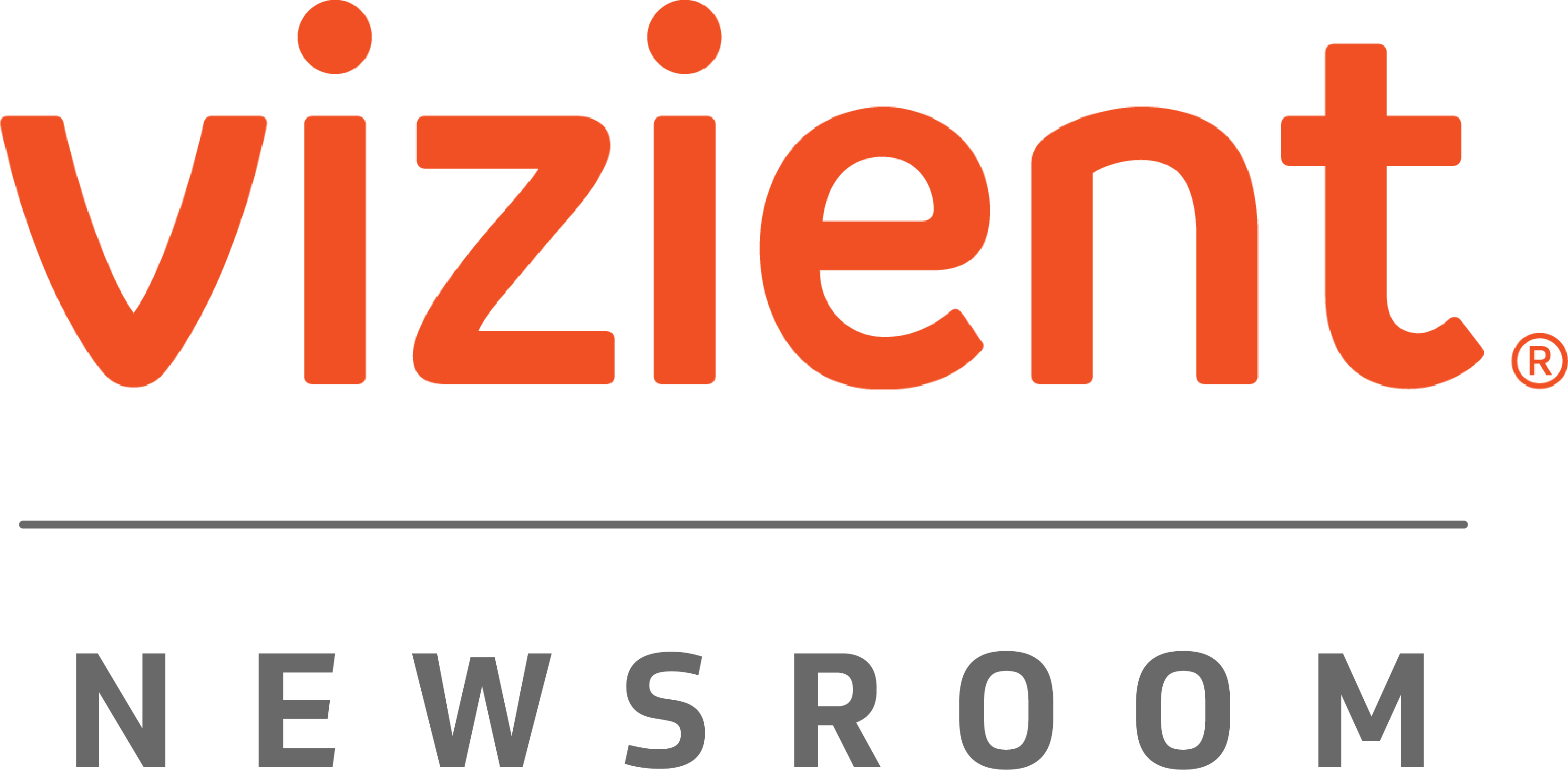by Mark Stenmark, MHSA, FACMPE
Senior Director, Insurance Services
There’s a growing trend in insurance for health care construction. Other U.S. industries such as transportation, government and entertainment have long used “wrap up” programs called owner-controlled insurance programs (OCIPs) to facilitate more control over their insurance costs, coverage, safety and claims management for larger construction projects. OCIPs bring together the major lines of construction insurance into one program that is set up by the owner and allows participating contractors to enroll in the program. There are many benefits for OCIPs for health care construction, including cost savings and enhanced coverage value for their organization.

Every construction project requires the purchase of insurance to provide risk transfer coverage for the various stakeholders: the project owner and its leaders, the general contractor, subcontractors, independent contractors, the construction workers and the property. Typical lines of insurance coverage might include general liability, workers’ compensation, builder’s risk and excess liability (umbrella coverage). Other common lines included in a construction project could include, pollution, environmental, earthquake, professional liability and business interruption coverage among others.
A typical situation for construction insurance
Consider this example. One hospital was in the planning phases of a $400M new patient bed tower, medical office building and additional covered parking. They hired an architect and were in the middle of the “dream-work”. They began interviewing general contractors for the project. Typically, the general contractor will offer to sponsor the insurance program for the organization, procuring insurance for the project, ensuring sub-contractors maintain contracts for insurance with specified coverage limits and often managing the project safety program. Providing these services creates an additional profit margin.
Getting started with an OCIP
If you are considering exploring an OCIP for your next construction project, engage an experienced health care construction broker to help you evaluate an OCIP for larger (in excess of $40M) construction projects. Carriers will often differ on the minimum capital construction spend requirements to make an OCIP a viable approach. OCIPs can be used on a single construction project or on a “rolling” basis for multiple projects over a period of time.
Ideally, your construction broker will have volume leverage in the carrier marketplace to elicit the best pricing for coverage with a focus on highly rated (A-rated or above) carriers for their program. OCIPs require disciplined administration by the broker. The owner should expect the broker to “lift” many of the insurance-related administrative burdens off their internal teams. They should manage the enrollment of contractors and subcontractors into the program and train all participants on safety and adherence to the project safety requirements.
Your construction broker should also:
- Provide an OCIP proforma illustration for the project and analyze run loss projections, provide benchmarking and demonstrate expected program expenses and cost savings
- Take your OCIP program to the carrier marketplace for insurance quotes and bind the OCIP
- Act as your subject matter expert in underwriting meetings and safety meetings with contractors
- Bring loss control oversight, deep claims management expertise and work closely with carrier adjustors
- Bring added safety expertise to complement the construction project safety program
Another significant advantage of an OCIP is that it acts as an “equalizer” for coverage premiums for construction sub-contractors who are classified as diverse businesses. These reduced insurance costs can help make it more affordable for diverse subs to bid and participate in projects. Health care organizations who are earnestly looking for opportunities to include diverse suppliers and maintain internal goals for increased participation may want to look more closely at OCIPs. All participating contractors tend to benefit from the increased focus on safety in these programs in the form of better experience modifier rates (EMR). These modifiers are key factors in the cost of future contracts for insurance for contractors.
OCIPs can be very useful tools to procure and manage insurance costs and claims for construction projects and are worth exploring for future projects. We have found that the financial and coverage benefits of an OCIP often exceed those typically provided by general contractors and through contractor-controlled insurance programs (CCIPs). If you need help exploring an OCIP or finding a knowledgeable construction broker, feel free to email me. Vizient Insurance Services has business relationships with experienced construction brokers that can support your needs.

About the author
Mark Stenmark serves as the national property and casualty (P&C) leader for Vizient Insurance Services. He is responsible for strategy, product development, sales, marketing, P&L, contract negotiations and the maintenance of multi-year B2B relationships with national insurance carriers and P&C broker partners. In his 23 years with the company, Stenmark also held regional and national positions in market management, business development, sales operations and purchased services
